Inside This Article
Dear Beloved Voice Teachers,
We are a special breed. It’s a calling. It’s a passion. We’re invested. We pour our heart and souls into what we do! Yet, sadly, so many of us (too many of us) pour that passion into our teaching in ways that can be counter-productive and even stifling for our students.
Whether you are a newbie and just starting a voice studio of your own or whether you’ve been doing this for years and years, here’s a list of ways you can up your game and improve the efficacy of your lessons.
I offer these ideas to you humbly and respectfully as both a gift and a challenge.
Bests,
Robert
BEGINNERS
#1 – Slow Down
We have so much to share, so much to give and we often try to shove it all into one lesson. This, sadly, only makes us feel better (at least superficially), but it really only creates anxiety, pressure and a frantic learning environment for ourselves and our students.
The antidote is to slooooooooow doooooooown…
Listen deeply. Leave space for things to emerge organically. Take time to let something unfold. Let there be room for processing and questions from the student. Give yourself time to be with them. Give the student time to be with what you are bringing in a way that includes them and their experience. This will help them take in what’s being offered more deeply and will give you a chance to relax. I think you’ll find that your best ideas will come to you when you are in a relaxed yet engaged state.
You could think of it as two kinds of fullness.
- A frantic lesson full of TONS of information that will never really be processed – most of it goes over the student’s head and/or
- A calm, deep and slow lesson full of experience, space, reflection and processing time. Little tidbits of information can be sprinkled in when appropriate. When brought in in this way, they might actually stick!
1 or 2 things explored and integrated slowly, one lesson at a time, is WAY more effective than throwing too many things at a student that will never really sink in.
#2- Beware of the Potpourri-Style Lesson
Here’s a typical scenario: Student comes in. Problem becomes clear. We know exactly what needs to be fixed and we give them our BEST exercise to fix that problem and… UH OH! It doesn’t work. So, what do we do…? We try to make it work by having them try harder, but nope. Not working. So then what? We abandon that and either find another problem to fix or yet another quick fix solution to that same problem and still nothing works.
So we do the same thing again and again – new problem, new solution and keep flitting around until we – hopefully – find something that works. Maybe something finally does. Maybe not. This is what I call a “potpourri” lesson; a smattering of anxious offerings that we hope will click and do the trick. Any trick will do. When nothing works we frantically keep trying to find something else might… It’s a mess.
This type of lesson (if it’s a lesson at all) is very common among beginners. You want to show your student that you are competent and effective. You want them to feel better about their singing so they feel better about you. Uffffff. Not good.
Here’s my motto:
“One lesson, one idea, many strategies.”
Robert Sussuma’s motto
The best lessons have a focus, but are also varied in their approach to that focus and are thus not overly focused. There’s a theme, perhaps, but not a goal. You’re not on a mission to MAKE anything happen. You’re not anxious about “fixing” anything. It sounds crazy, I know. You’re thinking, “They come to me to help them fix their problems, I have to deliver.
Well, do you? Is that the business you’re in? Are you a taxi driver (they hop in and you take them where they want to go) or a driving instructor (you help them learn how to drive their own car)?
Take “nasal resonance” for example. Maybe you feel that the student could benefit from using more “nasal resonance.” Or maybe they bring it up and say that they are confused about it. So, you start there. And you stay there, clarifying “nasal resonance” using many strategies along the way – from simple to complex.
Maybe, even in the course of the lesson you help them redefine nasal resonance completely! This creates a varied experience around one aspect of singing that allows the student to figure it out for themselves with your guidance.
Maybe some strategies will be more effective than others, but altogether, they will build a picture for the student about “nasal resonance” (that includes their own experience) that can bring about more understanding and skill rather than frustration and alienation.
#3 – Avoid only using Quick Fixes (even if they work)
OK. You probably already have a sense of my feelings about “quick fixes,” but this is so important that it needs a bit more consideration.
So much of what’s out there in terms of vocal instruction is quick fixes – do this not that, try this, try that. “Do it this way… see, now it’s better! Moving on….” This is not learning people. Quick fixes might create an immediate direct effect and/or solve a particular problem in the moment (or not), but has the student learned anything about themself, their voice, how to navigate challenges? NO.
So, fine, are there some instances in which it could just be that simple, sure, but if EVERYTHING you offer is a quick fix and a lesson is a just series of quick fixes this is actually going to backfire in the end.
Why?
Now the student has to remember all of these quick fixes that they never understood in the first place and then YOU, the teacher/expert, becomes the “Quick fix dealer” and they need you to give them the fix, so to speak. It sets up a deep power differential and in the end, they are more dependent on you than anything else.
So, please, use quick fixes sparingly. I know, I know… there are those moments when you’re thinking… “It’s so simple, just do this…” but they don’t. They don’t know how to yet. If they did, they would.
So, what would happen if you didn’t just tell them what to do?
Here’s what I ask myself:
How could I create a learning experience* in which the student could (most likely) figure out for themselves by the end of that experience what I could have (and am DYING TO!) told them in the beginning – without me ever saying what it should be?
Robert Sussuma
You’ll be amazed! 9 times out of 10 they, in their own words, will say the exact thing you would have offered them as the “quick fix” but, in this way it will feel like their own personal discovery. Which it is. This is experiential learning (at least one aspect!)*
I call it “Guided Independence.” It’s liberating for both you and student!
Try it!
*Now how to create that experience so that you don’t have to play the quick fix game is another story. See below for more clues…
#4 – Remember that Not Everyone is the Same
No one is the same as you and no one person is the same as any other person. What worked/works for you won’t necessarily work for someone else. What worked/works for one student with a similar challenge won’t necessarily work for another.
Not to mention that although we all mostly have the same vocal parts (mouth, larynx, vocal folds, etc.) they are all vastly different in terms of size, shape and proportion. So, there’s no one-size-fits-all solution even though there may be similarities.
So…now what?
We have to take the time to get to know our students and their voices as unique and personal. The best way is to observe, wonder and ask a LOT of questions – BONUS: this helps them get to know themselves better too in the process.
But, the important thing is to always keep the idea in mind that this person is a totally different phenomenon/being/system than any other. And, from there, you can learn, adapt and mould your knowledge and ability as a facilitator to them, moment to moment, idiosyncrasy by idiosyncrasy. Not the other way around.
NON-BEGINNERS
#5 – Work with Awareness and the Rest will Follow
What is Awareness?
Dr. Moshe Feldenkrais had an interesting definition of Awareness…
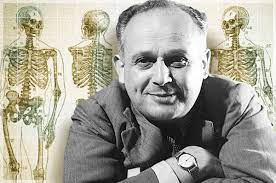
Awareness = Consciousness + Knowledge
Consciousness: sensory perception of what one is experiencing.
Knowledge: Some kind of image of or information about what one may or may not be sensing. This could be personal and/or external (i.e. from anatomy books, etc.)
So, if we are working with awareness, we are facilitating a student to be more sensitive to their own sensations and sensory perceptions (interoception) while encouraging them to build and constantly update a working mental image of themselves as a body/instrument.
(Remember #4 – no one is the same! So, even though we all have similar anatomy, what it looks like in the books is NOT what it is for each of us. So, we are facilitating the person to find out….
- Where are MY ribs?
- How are MY ribs shaped?
- Where is MY soft palate?
- How is MY soft palate shaped?
etc.)
Facilitating this kind of awareness is 90% of the process.
Most of us know that we have a soft palate, we kind of know where it is, but we don’t have a specific sensory perception of it or 3D image of its connection to our actions and sensations.
Facilitate this and BOOM so many things click into place! How can one use a part of themself they can’t sense clearly and/or have no useful internal image for?
#6 – Facilitate Learning more than Anything Else
No matter what the focus or theme of a given lesson may be – be it a technical ability, an anatomical part or an aspect of performance – the most important thing that unites all of it is LEARNING.
What’s the old saying:
“Give a [person] a fish and you feed [them] for a day; teach a [person] to fish and you feed [them] for a lifetime.”
It’s the same with learning:
“Give a [person] a quick fix and you fix [them] for a day (if you’re lucky); guide a [person] to learn for themselves and you give [them] a way to keep learning and growing for a lifetime.”
Robert Sussuma
So, ask yourself, “How much am I teaching them by dispensing fixes and how much am I facilitating them to learn how to learn for themselves?”
If your lessons were more about LEARNING TO LEARN than anything else, whatever the subject at hand, it will still be interesting and useful in itself (hopefully), but ultimately it is inconsequential because the REAL point is about learning about oneself and learning to learn through what one is doing so that one can continue that process endlessly and creatively in many different ways.
Now, of course, having a guide is really useful, but being a guide is very different than being an expert or “fixer.”
#7 – Engage the Whole Person
As I like to say, we each are a “system of systems” that connect and overlap and interpenetrate with each other within the whole of our being. And to go further, the whole isn’t only greater than the sum of its parts, the whole is more than, and something beside, all of its elements. What that is exactly, we might not know… but, it IS.
And if we take this seriously, we are never just working with a voice or an arm or a leg. There’s no such thing. We are never just working with a sound, or a breath or a single sensation. There’s no such thing.
We are always working with the whole of a person which is way beyond what even they know themselves to be. And when we work this way, we are working with the entire system of a person, which is not only a system of systems itself, but is a system in an infinite set of systems in systems.
Do you see where I’m going with this…?
This is BIG!
Maybe too big, but still. Even just acknowledging that this could be so would alter how we think of people and voices, bodies and minds and, hopefully, alter how we work with them.
What would it mean for YOU to be working with the whole person (a systems of systems in a system of systems… which also includes YOU who is also a system of systems in a system of systems…)?
- How would you shift your approach?
- How would you ask questions differently?
- How would you shift what you think about when leading a lesson?
- How would you expand your field of observation?
- Where does voice and singing fit into this one person’s system of systems?
- How do we facilitate organizing systems of systems more optimally?
- How can one system support or impede another?
- What does it mean to have a healthy system?
- Can one system be “perfected” at the expense of others?
- What would it mean to work with ALL of the systems at once – if that were even possible – or at least many of them at once?
I leave you here with many questions, because perhaps that the best way you can serve your students better as a voice teacher… Keep questioning. Keep asking bigger and better questions. Keep inviting your students into these questions, gently and respectfully, finding a balance of the practical and the philosophical, the theoretical and the concrete, and I think you’ll be amazed by what can happen, both for you and most importantly, for your students.
This article is part of a series titled “HOW TO BE A BETTER VOICE TEACHER FOR YOUR SINGING STUDENTS”.
View all the articles in this series here.
TEACH WITHOUT TEACHING in the TEACHER TRACK
If you are interested in exploring these ideas more and learning exactly how to apply them to your teaching, I have created a course called THE SINGING SELF PROGRAM – TEACHER TRACK which is built around a 6-part recorded class series I created just for Voice Teachers called TEACH WITHOUT TEACHING which will first blow your mind and challenge everything you think you know (or think you should know) and then step-by-step show you how to work with your students in a new way!
You will learn how to become a voice learning facilitator and guide your students to be independent learners. Check it out: https://thesingingself.com/the-singing-self-program-teacher-track/

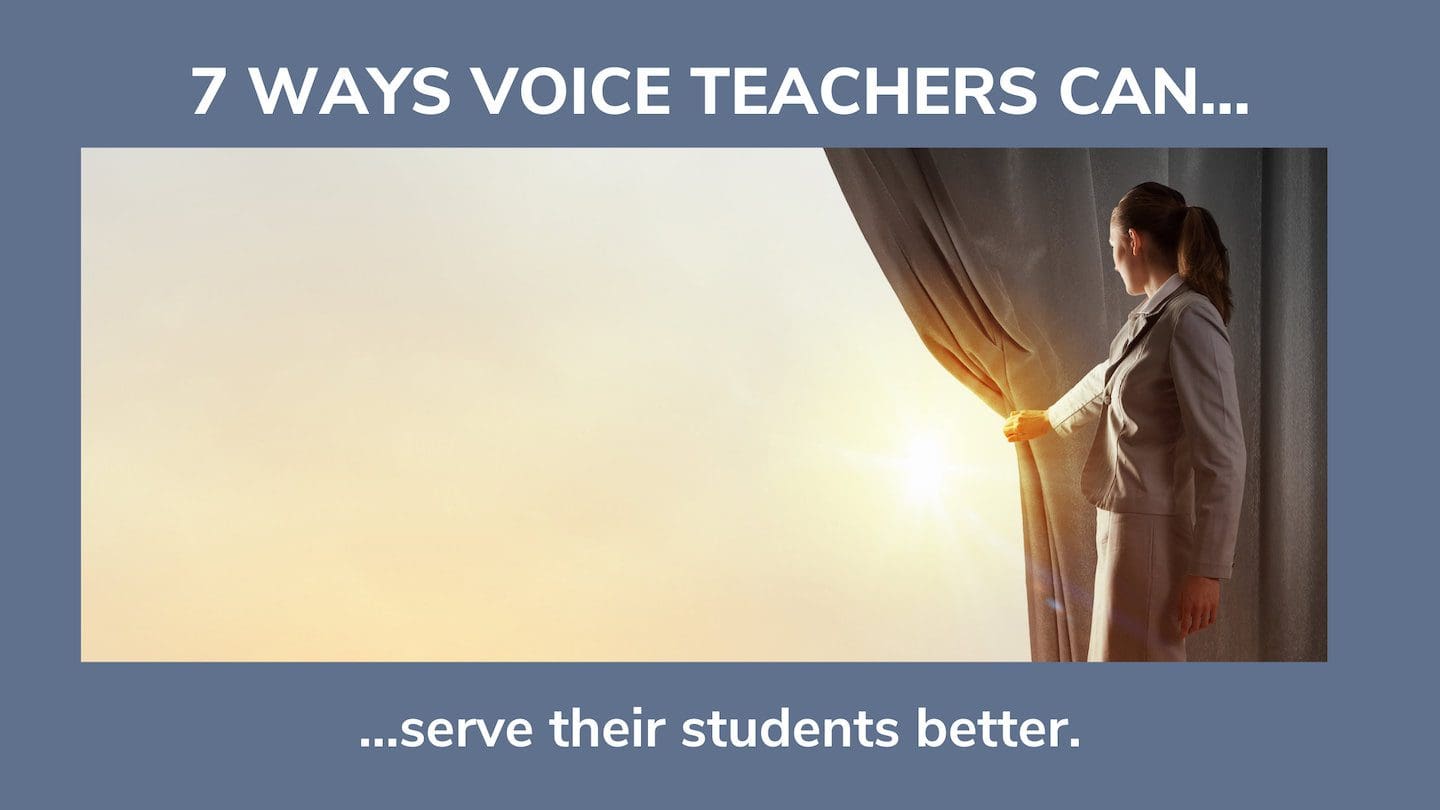
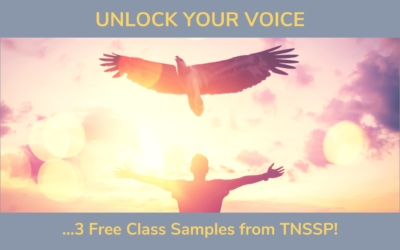
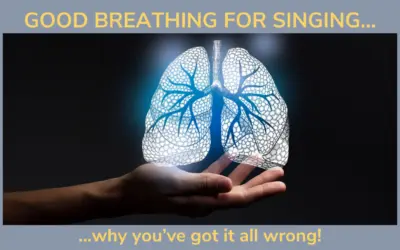
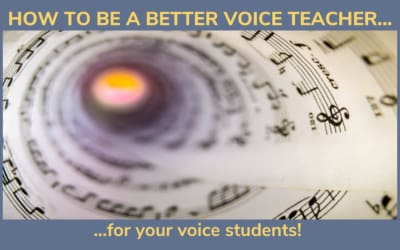
0 Comments